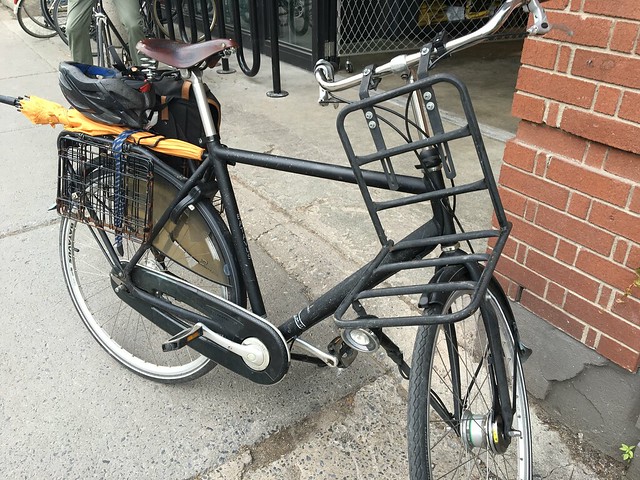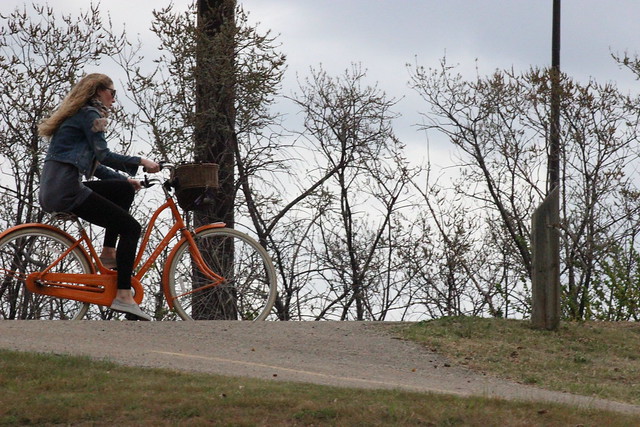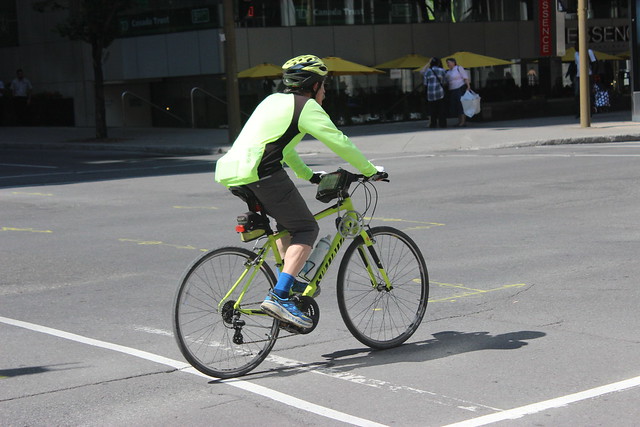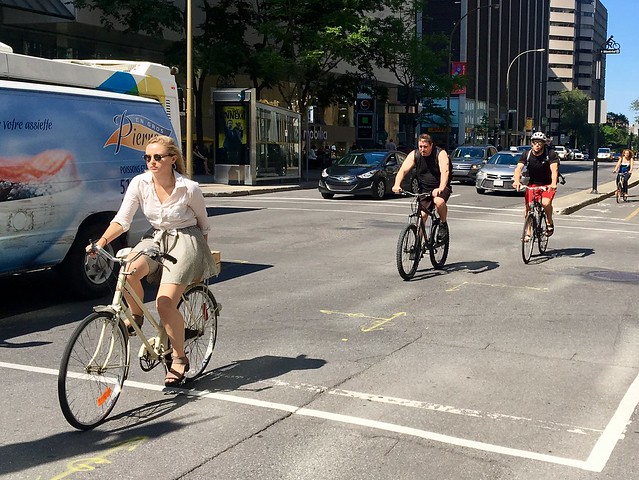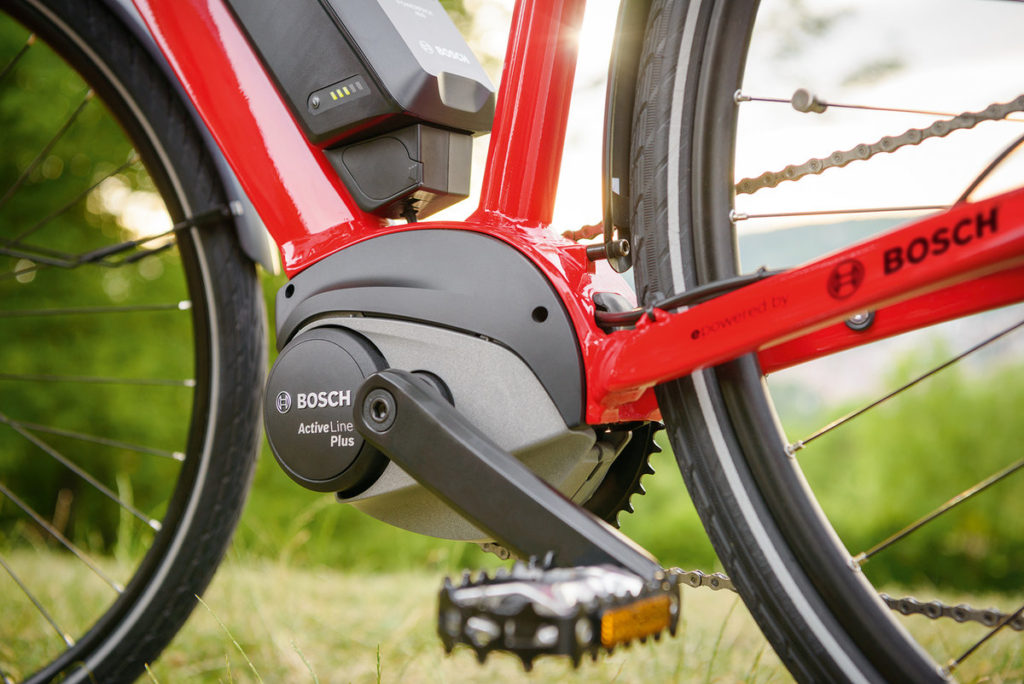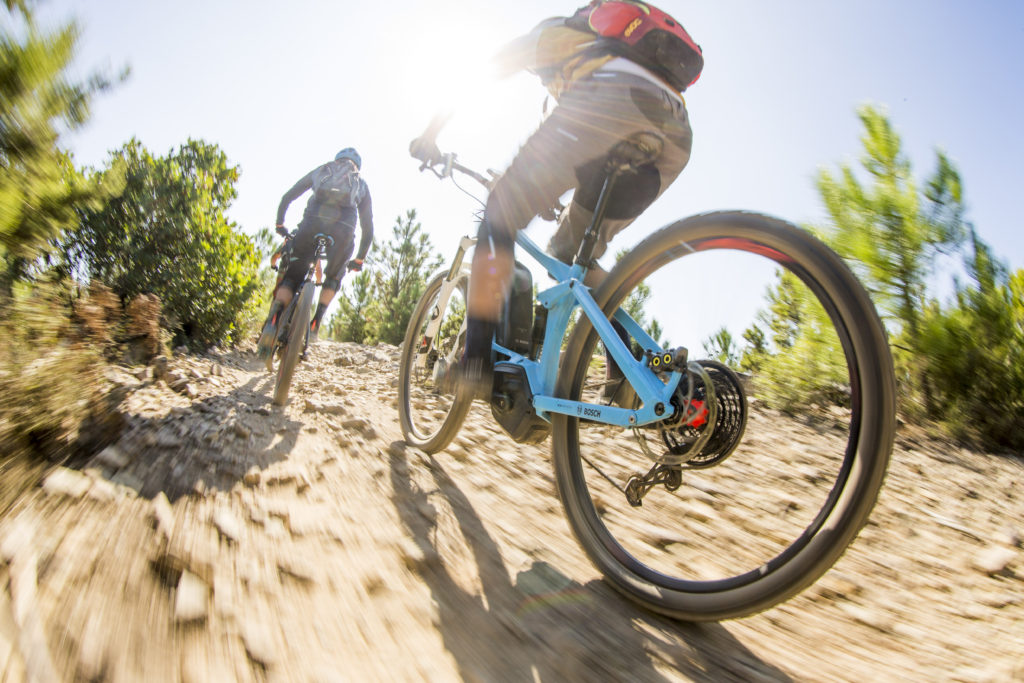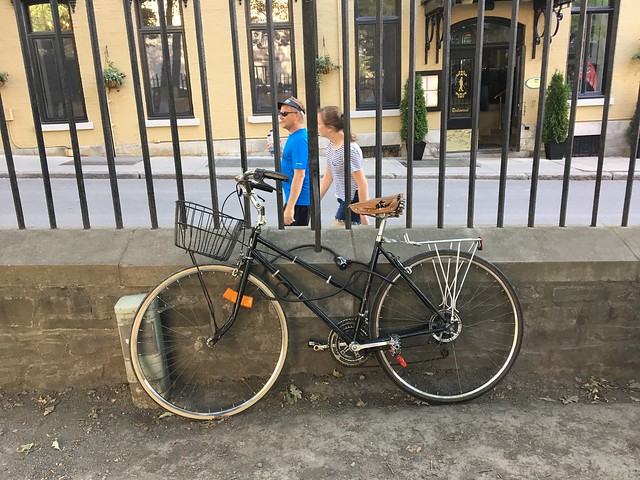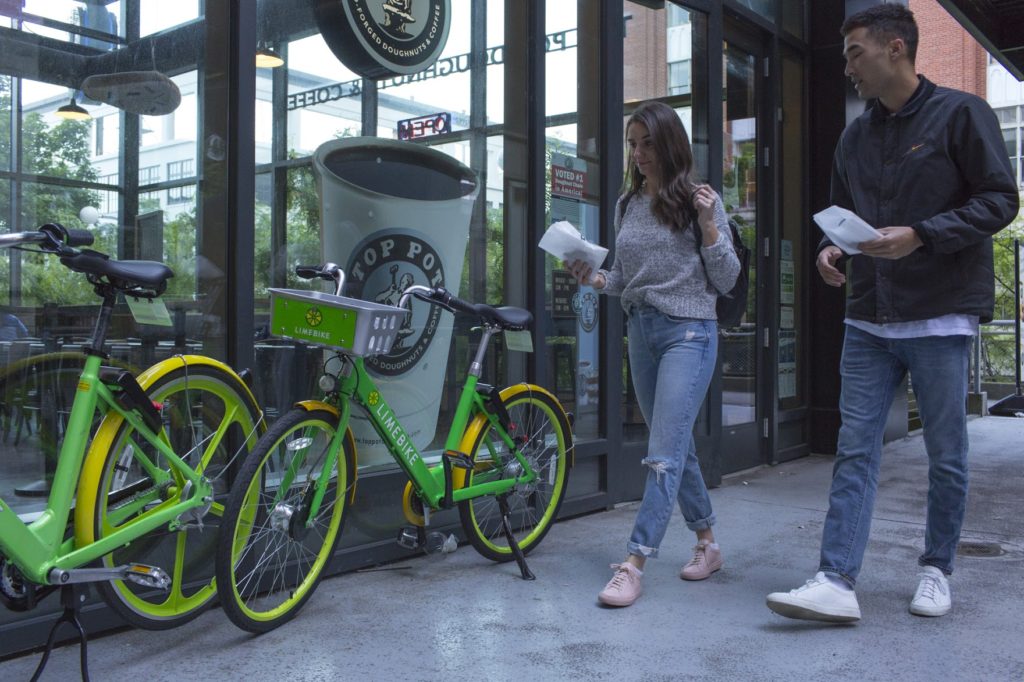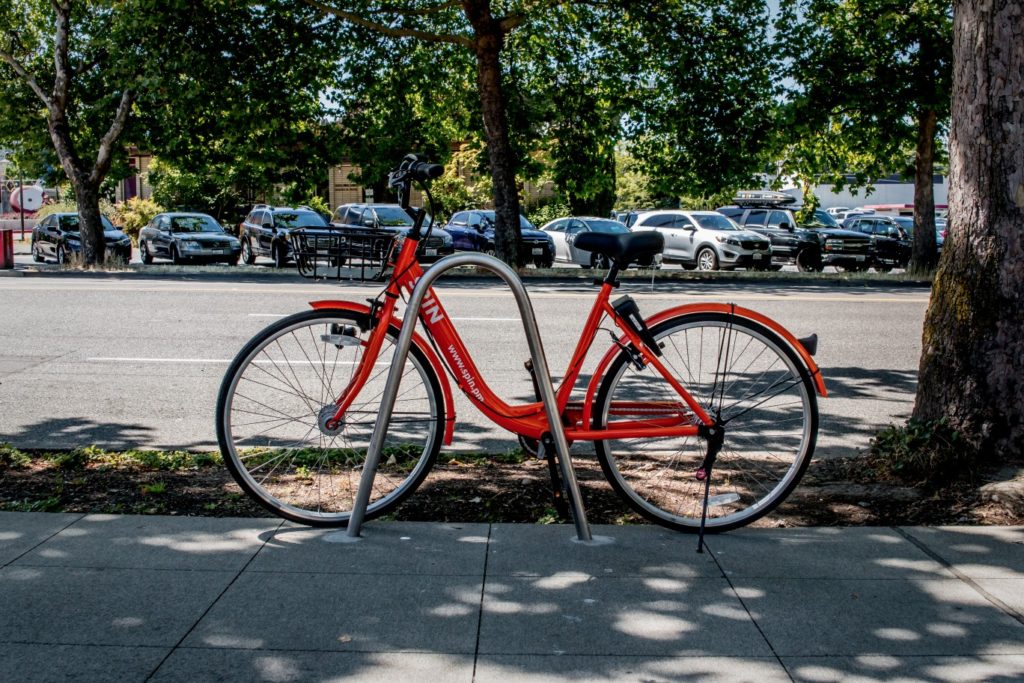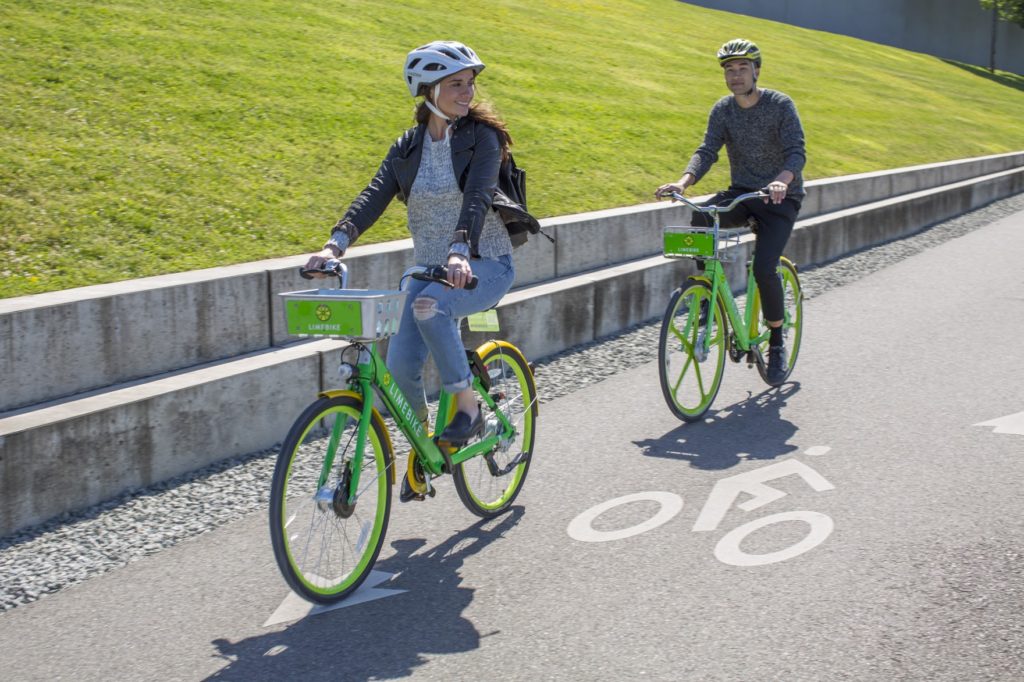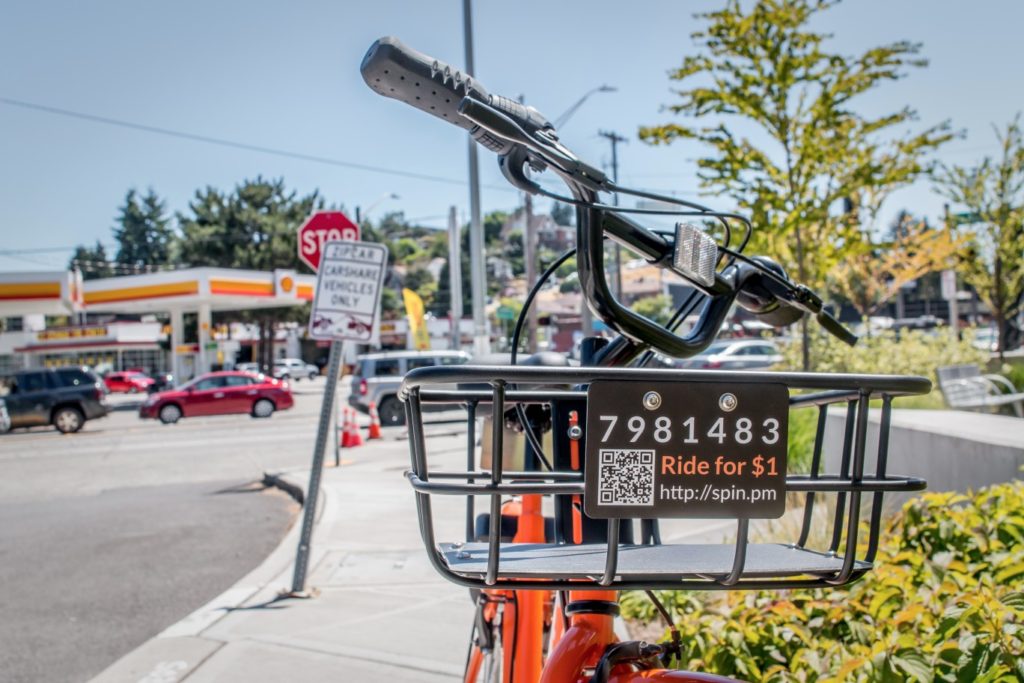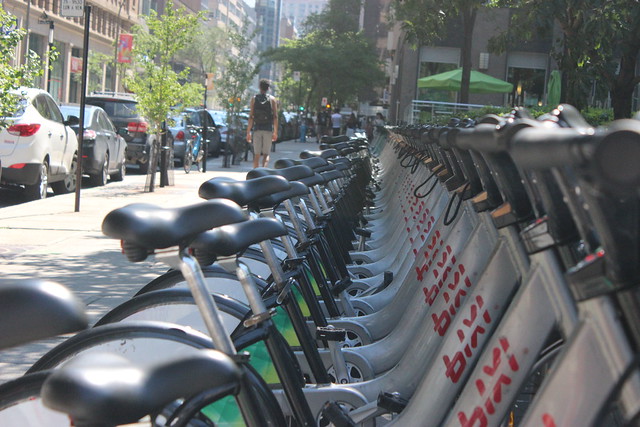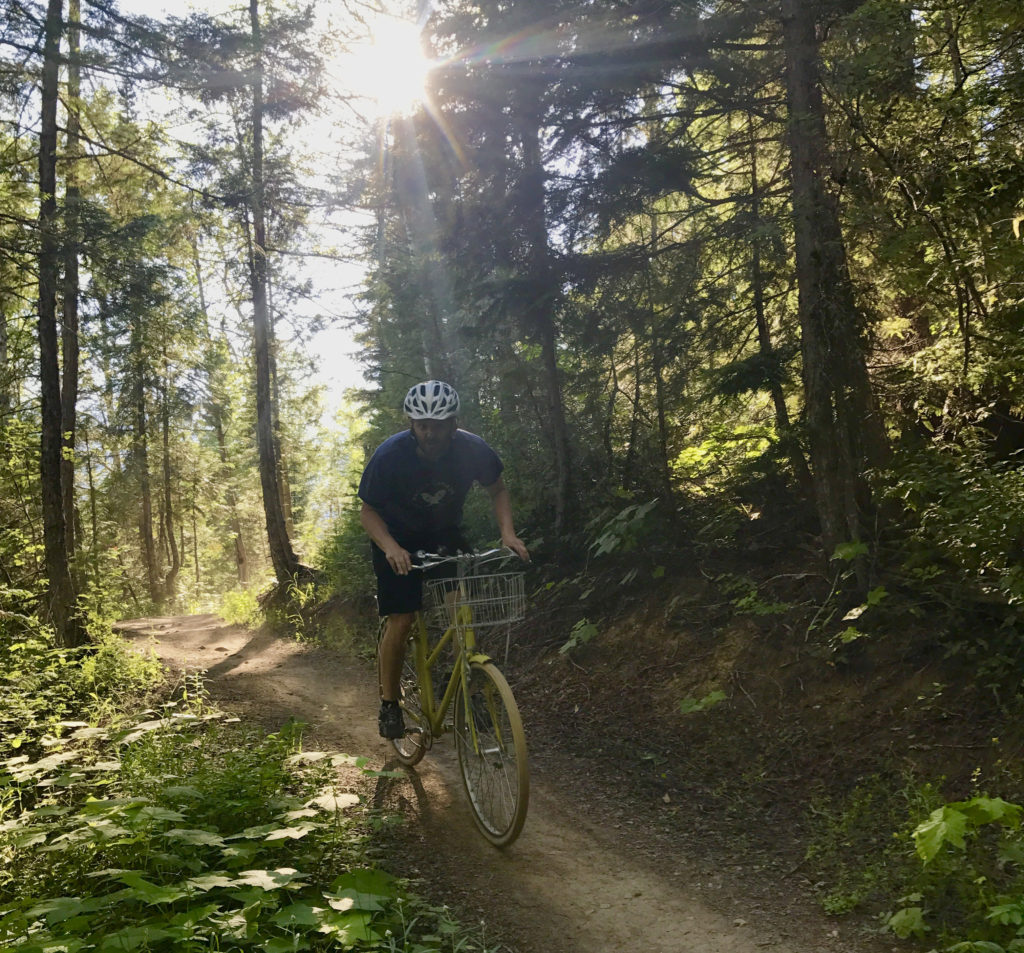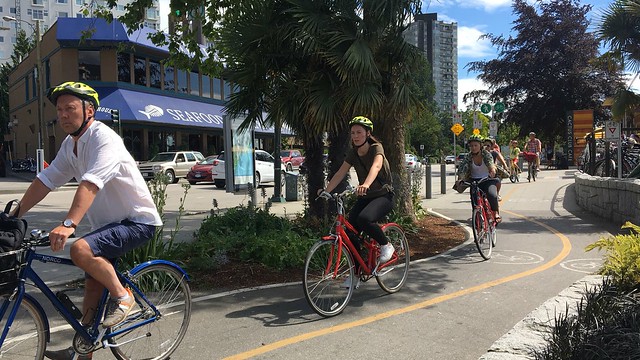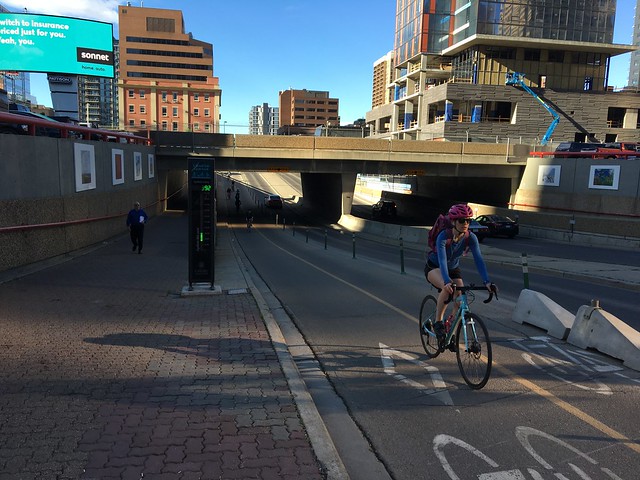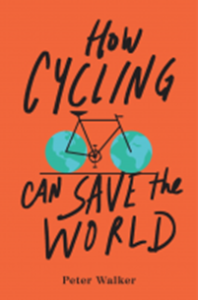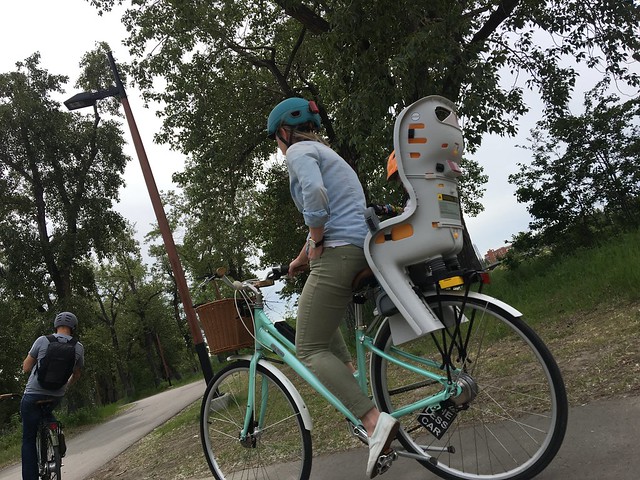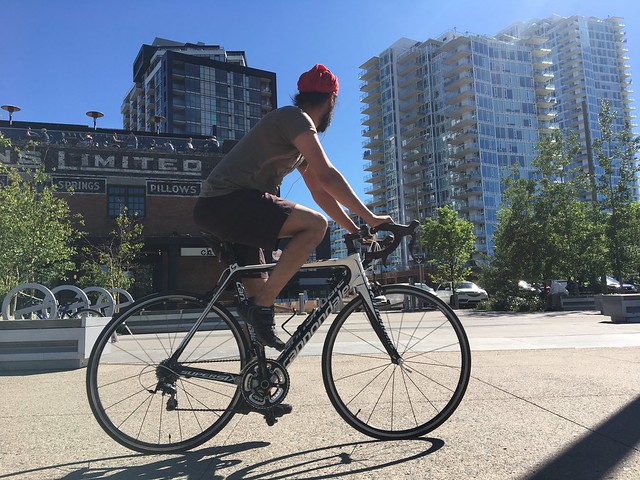Damn that Game of Thrones for making the phrase “winter is coming” sound ominous. Winter doesn’t have to be something to dread, particularly if the root of your aversion to winter is the loss of your bicycle.
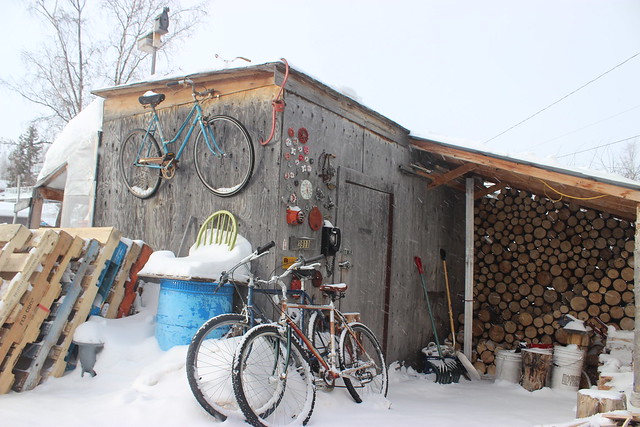
These bicycles in Yellowknife in northern Canada aren’t just for show. If they can ride, so can you. Photo by Tom Babin.
Yes, more people are riding a bike through winter all the time. For good reason: You get all those benefits of summer riding, plus you might just rediscover the joy of the season that you knew as a kid. Or, at the very least, maybe you’ll hate winter just a tad less.
But riding in winter can be intimidating for noobs who have lived a life in which they use their automobiles as overcoats. So here are some things to think about as winter looms:
Which bike to ride?
If you live in one of those enviable cities with great bike infrastructure that is well maintained in winter, congratulations! The rest of the winter world envy-hates you, but you probably don’t have to do anything to prepare for winter. Just ride, you dirty, rotten spoiled cyclist.
For the rest of us, some adjustments to the machine between your legs may be in order. There are a couple of things to consider for winter.
If you love your summer bike more than, say, a second cousin or a countertop pet, you may want to think hard about riding it through winter. In some cities, the salt used on roads can corrode your components with dismaying speed. If you wash the bike regularly, it may survive. But if you’re a slothy cleaner or your garden hose is frozen up tight, you might want to consider a second bike for winter. You don’t need anything fancy, just something that moves. The type of bike depends on your type of winter, but keep it simple: I happily rode a 25-year-old mountain bike with one gear through more than a decade of winters. Don’t over think it.
Another option is to winterize your summer bike, if you are OK dealing with a little rust and winter grit. Get a pair of fenders, some decent lights (winter days are short!) and, if you’re nervous about falling, studded tires. And be prepared to clean it regularly
What should I wear?
If you’re reading this, you probably live in a winter city. So you should already own everything you need to ride a bike in winter (unless you are one of those people who sport ankle socks and T-shirts in February and then complains about the cold): thermal underwear, mittens, a warm hat and boots. If your snowfall gets particularly sloppy, a pair of waterproof pants is a good idea too. But don’t go crazy. Keeping warm on a bike is easy once your body starts moving. Think of it like this: dress as you would for a winter walk, and then remove one underlayer so you don’t overheat. A fat-biker once put it to me this way: “Be bold: start off cold.”
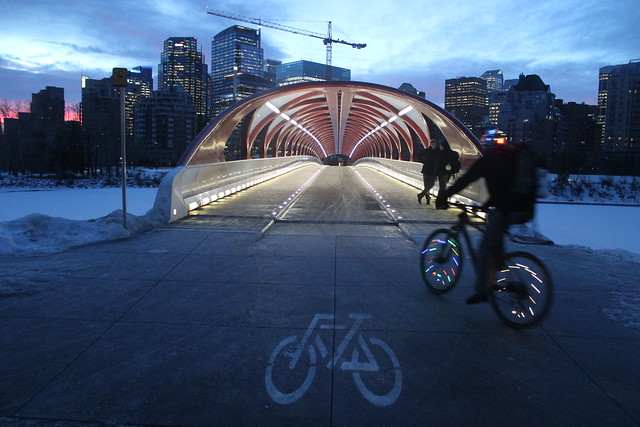
Well-maintained winter bike routes will make your life much easier when the temperature drops. Photo by Tom Babin.
Unless, of course, you like spending money on all kinds of specialized gear. Then head to the fat-bike section of your local bike shop, and bring your wallet. There are plenty of fun options to keep you warm.
Where do I ride?
By now, your city should be providing cyclists with safe, efficient routes in winter. But since most aren’t, you may want to choose a different route in winter. Look for roads that are plowed early, aren’t too busy with cars, and have slow vehicle speeds. And prepare for the fact that your ride will be slower in winter. That’s just life.
One tip I’ve picked up over the years: Depending on your city’s plowing philosophy (or lack thereof) choosing the right route in winter may be a little counter-intuitive. You may be tempted to take side and back roads in winter to avoid the cars. But those roads also tend to the last ones plowed, so it can be difficult to get through on a bike. Conversely, you don’t want roads that are too busy or too fast because riding close to moving vehicles is even less fun in winter. Look for those Goldilocks roads: plowed rather early and regularly, but not too busy. And if you find such a road, don’t keep it a secret. The more bikes on a route, the safer it is for everybody.
I’m frightened. What should I do?
Winter cycling can be intimidating, but what’s really holding you back is probably your own fear more than anything else. It’s an attitude. The first few rides will be tough. You need to find the right route, dress for the right temperature and find your balance in slippery conditions. But once you get the logistics down, you’ll love it. So adopt an attitude of experimentation: try a few things to see what works, and don’t give up too easily. And don’t think you’re a failure if you don’t ride every day. Even a few days a week or a month is better than nothing, and you’ll be a happier, healthier person for it.
I can’t wait to brag to my co-workers.
Stop right there. The first rule of winter cycling: no bragging. I know it’s tempting, but bragging about riding through a snowstorm just perpetuates the notion that winter cycling is something difficult. And really, it’s not. Ask the thousands of kids and grandparents who ride through the world’s great winter cycling cities. You’re not special for riding a bike in winter, you’re just smart. So rather than brag about your ride, encourage others to try it too. The more of us who ride in winter, the more it will be normalized. That’s good for everyone.
For more advice, read my book Frostbike: The Joy, Pain and Numbness of Winter Cycling.


